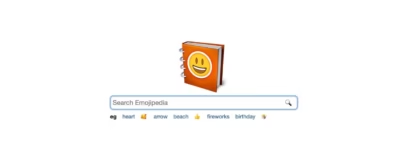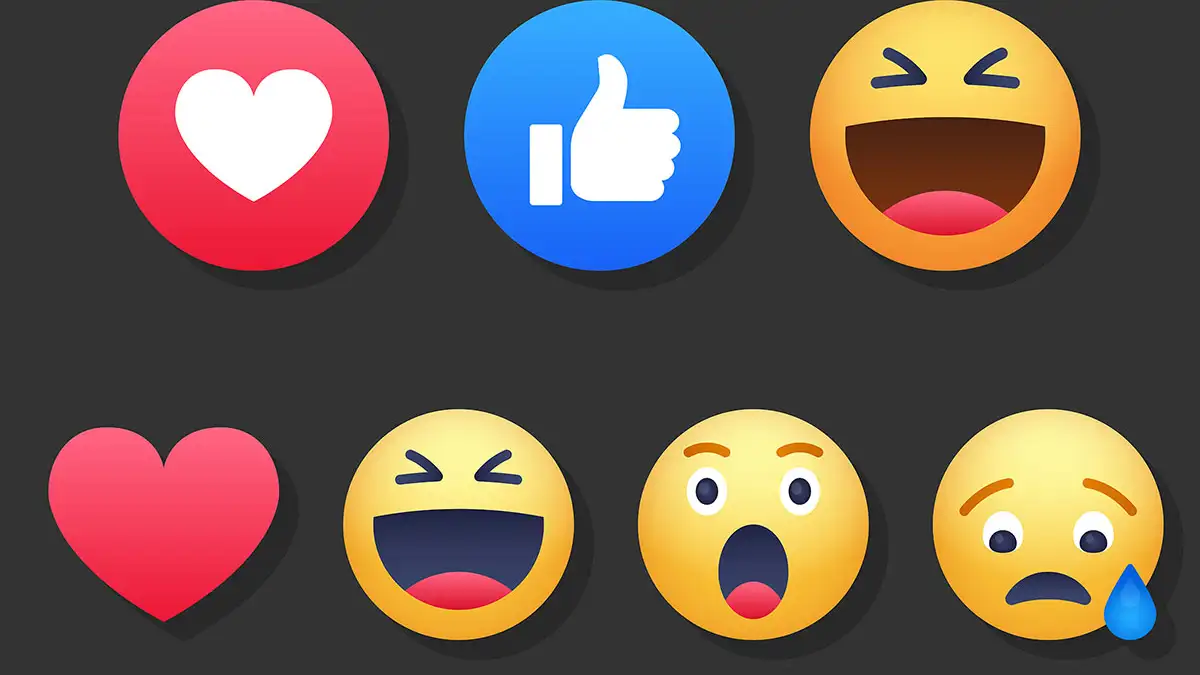Emojis have become a universal language, infusing digital messages with emotion, nuance, and personality. Behind this expressive phenomenon lies a piv
Emojis have become a universal language, infusing digital messages with emotion, nuance, and personality. Behind this expressive phenomenon lies a pivotal resource: Emojipedia. Founded in 2013 by Australian emoji historian Jeremy Burge, this “Wikipedia for emojis” functions as the most authoritative reference site for all things emoji. From origins and official definitions to cultural trends and usage stats, Emojipedia is the go-to hub for emoji enthusiasts, tech professionals, educators, and curious users alike.
Origins & Founding
Jeremy Burge launched Emojipedia in November 2013 after noticing new emojis on his iPhone and seeking clarity on their meanings. As the self-proclaimed “Chief Emoji Officer,” he also created World Emoji Day on July 17, inspired by the date shown on the calendar emoji. His creation of Emojipedia signaled a playful yet profound embrace of emoji culture.
Mission & Scope
Emojipedia’s mission is straightforward but impactful: to provide accurate, up‑to‑date information on every Unicode emoji. Every entry includes:
- The official Unicode name and codepoint
- Visual appearance across platforms (Apple, Google, Twitter, etc.)
- Meaning, usage contexts, and common misinterpretations
- Release history and technical details
The site helps users understand not just what an emoji looks like, but what it conveys—and sometimes how it differs across cultures and platforms.
Key Features & Tools
Emoji Database
Emojipedia catalogs every approved emoji, complete with multi-platform renderings and Unicode data. It tracks updates and changes to emoji designs, such as Apple’s switch from a realistic handgun emoji to a water pistol icon.
Blog & News
Emojipedia maintains an editorial blog that analyzes emoji trends, explores cultural meanings, and covers updates. Topics have included:
- Early emoji sets dating back to the late 1980s and early 1990s
- The story of Twitter’s open-source Twemoji set (2014–2025)
- Cultural and regional interpretations of emojis
EmojiTracker Relaunch
In July 2025, Emojipedia relaunched EmojiTracker, a tool that shows real-time usage data for nearly 4,000 emojis. It now includes country-specific filtering and ranking, offering insights into which emojis are trending around the world.
Stickers & Emotes Library
To meet the rising demand for richer visual communication, Emojipedia introduced a massive collection of downloadable stickers and emotes in 2025. These include over 3,790 emoji visuals for use in social media, chats, and creative projects.
Multilingual Interface
Emojipedia now supports full website content in 19 languages, ensuring that emoji knowledge is accessible to a global audience.

Milestones & Timeline
| Year | Highlight |
| 2013 | Emojipedia launched by Jeremy Burge |
| 2014 | Twitter’s Twemoji set released |
| 2014 | World Emoji Day established on July 17 |
| 2015 | “Adopt an Emoji” fundraising campaign introduced |
| 2018 | Cited in a high-profile Australian court case as a reference |
| 2021 | Emojipedia acquired by mobile personalization company Zedge |
| 2022 | Keith Broni appointed Editor-in-Chief |
| 2025 | EmojiTracker relaunch, sticker library launched, full localization enabled |
Cultural Impact & Influence
- Legal Recognition: Emojipedia has been referenced in legal proceedings to explain emoji meanings in a courtroom context.
- Linguistic Authority: The site is often regarded as a modern lexicon of digital communication, likened to how the Oxford English Dictionary shaped language documentation.
- Media Endorsement: Prominent publications have called Emojipedia a leading voice in emoji interpretation and a cultural authority.
- Digital Literacy: Emojipedia bridges gaps in understanding by documenting how emojis are interpreted differently across regions and contexts. For example, the horns sign might mean “rock on” in one place and carry an insult in another.
How Emojipedia Works
- Emoji Cataloging: Every emoji approved by the Unicode Consortium is documented, including its name, design variations, and use cases.
- Definitions & Contextual Insight: Emojipedia provides not only literal definitions but also insights into cultural connotations, regional meanings, and alternate interpretations.
- Trend Monitoring: By analyzing usage patterns and event-based spikes, Emojipedia identifies the most popular emojis and emerging trends.
- Educational & Community Engagement: The blog and news section foster informed conversations about emoji design, diversity, and digital expression.
The Broader Emoji Ecosystem
- Unicode Consortium: The governing body that approves and standardizes new emojis. Emojipedia closely tracks and reports on its decisions and proposals.
- Platform Variability: Emojis often look different on Apple, Android, Twitter, and other platforms. Emojipedia provides side-by-side renderings to highlight these variations.
- Academic Use: Researchers and linguists frequently cite Emojipedia in studies on semiotics, digital communication, and online culture.
2025 Highlights
- Sticker Library Expansion: With over 3,790 official emoji designs now available as stickers, Emojipedia caters to the growing demand for downloadable, expressive visual content.
- EmojiTracker Revamp: Now featuring country-specific rankings and real-time streaming of usage data across social platforms.
- Localization and Access: With the full site now translated into 19 languages, the platform has become more globally inclusive.
- World Emoji Awards 2025: Popular emojis such as “Face with Bags Under Eyes,” “Shovel,” and “Splatter” received top recognition, reflecting changes in user expression in digital spaces.
Why Emojipedia Matters
Digital Clarity
Emojis can often be misunderstood due to their visual ambiguity and differences in rendering. Emojipedia serves as a consistent, reliable source to help people communicate clearly across platforms and cultures.
Cultural Insight
The site documents how emojis are used and interpreted in different social and cultural settings, helping users avoid miscommunication and understand evolving trends.
Technical & Design Support
Developers, designers, and marketers use Emojipedia to ensure their digital products properly represent emojis and stay Unicode-compliant.
Educational Relevance
From primary education to university-level research, Emojipedia is used as a teaching tool to explore language, communication, and media studies.
FAQs
1. What is Emojipedia?
Emojipedia is an online encyclopedia that catalogs and defines emojis. It provides explanations, visual comparisons, history, and usage examples for every emoji approved by the Unicode Consortium.
2. Who founded Emojipedia?
Jeremy Burge founded Emojipedia in 2013. He was inspired to create it after noticing new emojis on his device and realizing there was no centralized source to explain them.
3. What is World Emoji Day?
World Emoji Day is celebrated annually on July 17. It was created by Burge in 2014 to celebrate emojis and promote awareness of their role in digital communication.
4. Is Emojipedia a reliable source?
Yes. Emojipedia is widely cited in media, legal cases, academic research, and tech industry communications. It is recognized as the most comprehensive and accurate resource on emojis.
5. How many emojis does Emojipedia cover?
Emojipedia includes every Unicode-approved emoji, totaling several thousand. As of 2025, the sticker library alone contains over 3,790 official emoji visuals.
6. Does Emojipedia track emoji trends?
Yes. Through tools like EmojiTracker and internal analytics, Emojipedia monitors and reports on emoji usage trends globally, offering insights into how emojis evolve over time.
7. Can users download emoji graphics?
Yes. Emojipedia offers downloadable emoji stickers and emotes, which users can incorporate into digital content, messaging apps, and social media posts.
8. Is the site available in multiple languages?
Yes. Since 2025, Emojipedia has supported content in 19 different languages, making it accessible to users around the world.
9. How often is Emojipedia updated?
The platform is updated continuously to reflect the latest emoji releases, Unicode updates, platform design changes, and cultural trends.
10. Does Emojipedia help shape new emojis?
Emojipedia’s team is involved in emoji discussions with the Unicode Consortium and offers expertise in emoji design, usage interpretation, and inclusivity standards.
The Future of Emojipedia
Looking forward, Emojipedia is set to play an even more important role in how we communicate digitally. Future developments may include:
- Advanced Analytics: More detailed tracking of emoji sentiment, regional trends, and predictive usage tools.
- AI-Generated Emojis: Integration with generative tools to visualize new emoji concepts before they’re officially proposed.
- Educational Expansion: Greater inclusion in academic curricula and language studies.
- Diversity and Inclusion: Continued advocacy for emojis that represent a wider range of identities, abilities, and cultures.
Final Thoughts
Emojipedia has grown from a simple reference site into a cultural institution. With thousands of emoji definitions, historical insights, and daily updates, it helps people understand and navigate the evolving language of emojis. Whether you’re a developer, student, lawyer, artist, or everyday texter, Emojipedia offers an essential guide to one of the 21st century’s most powerful forms of expression.
More Info: primereport




COMMENTS